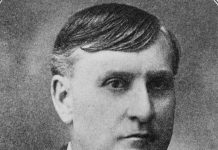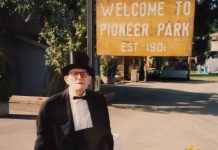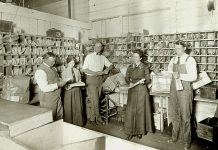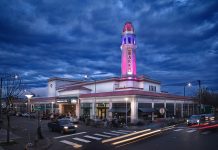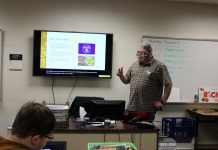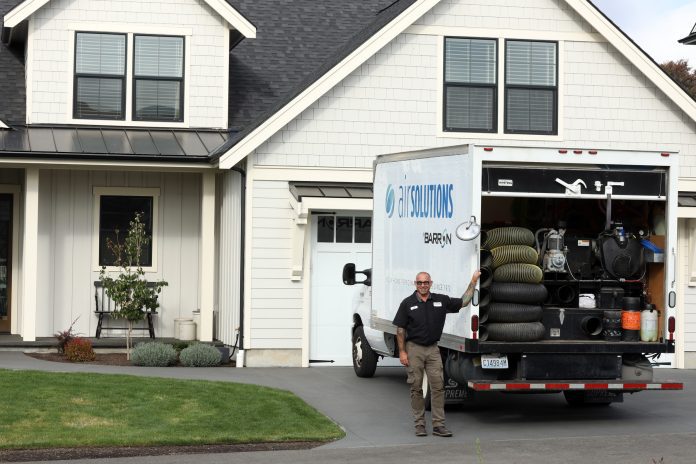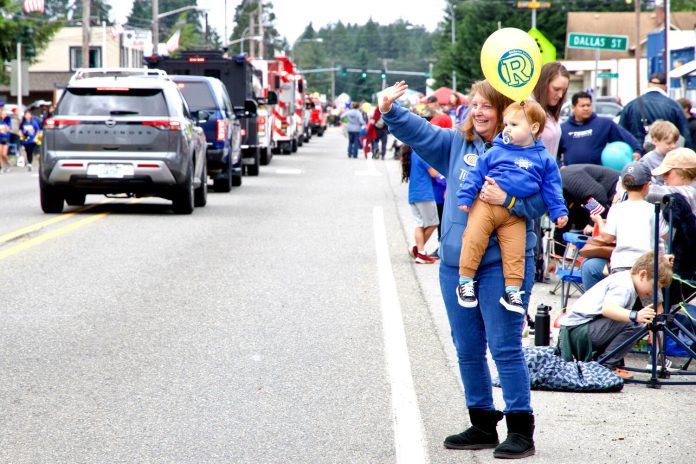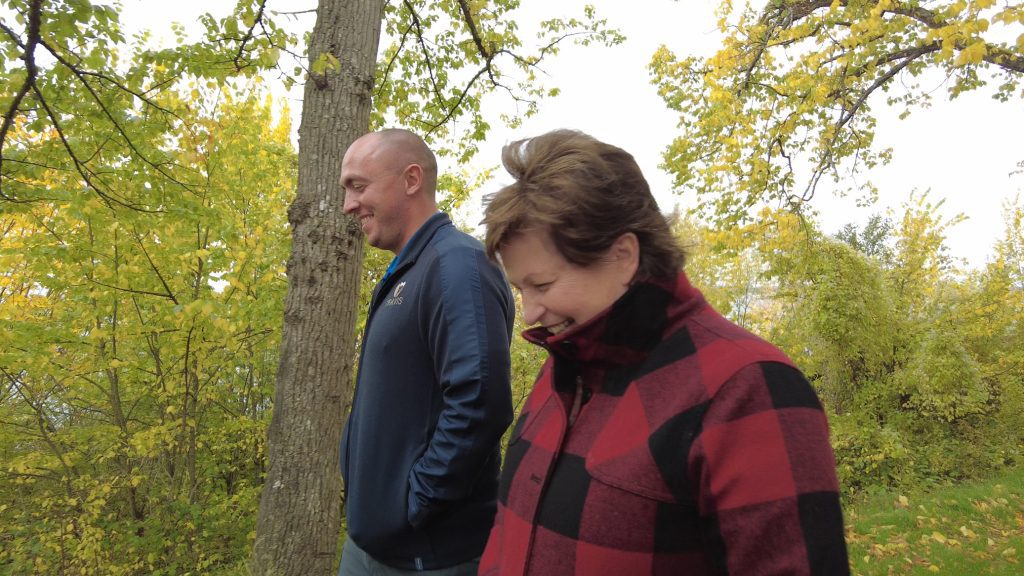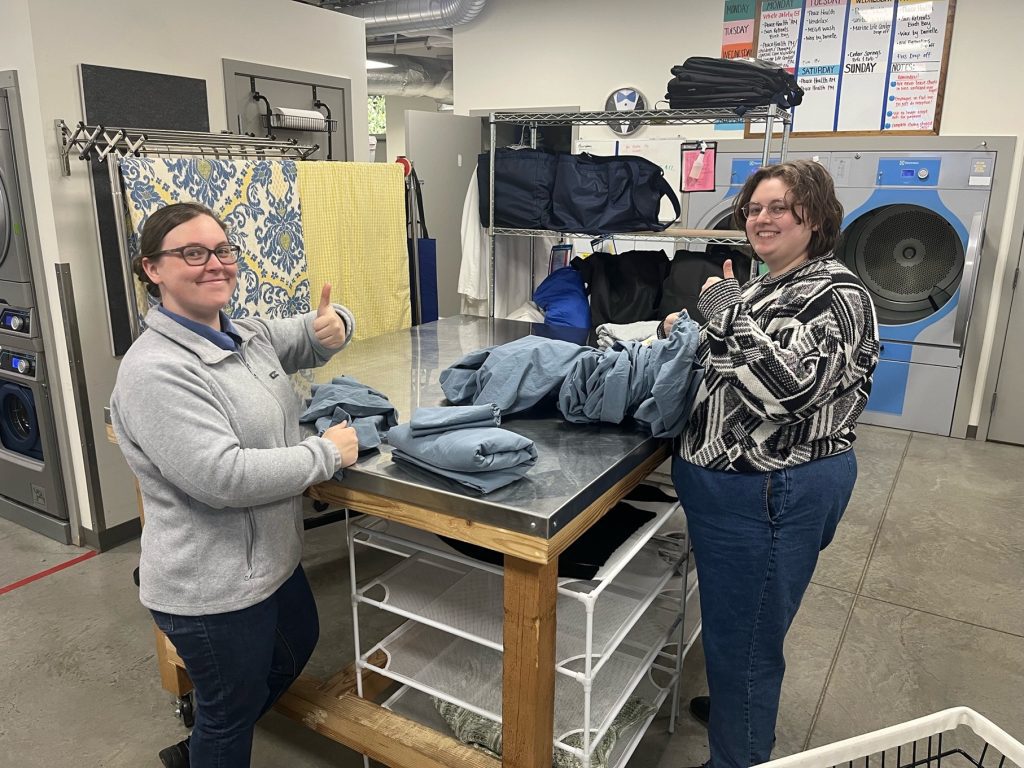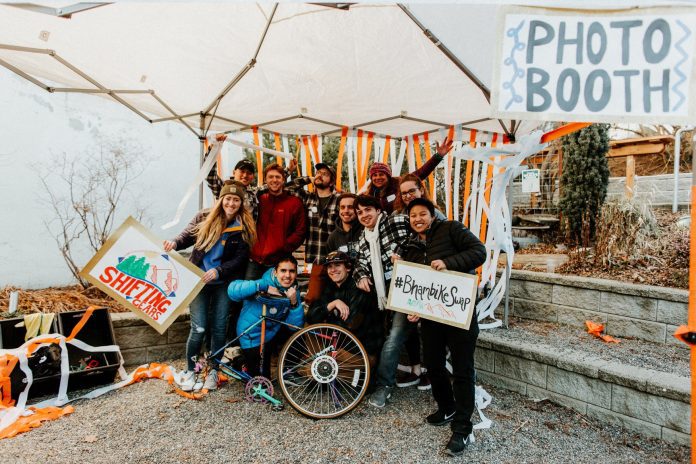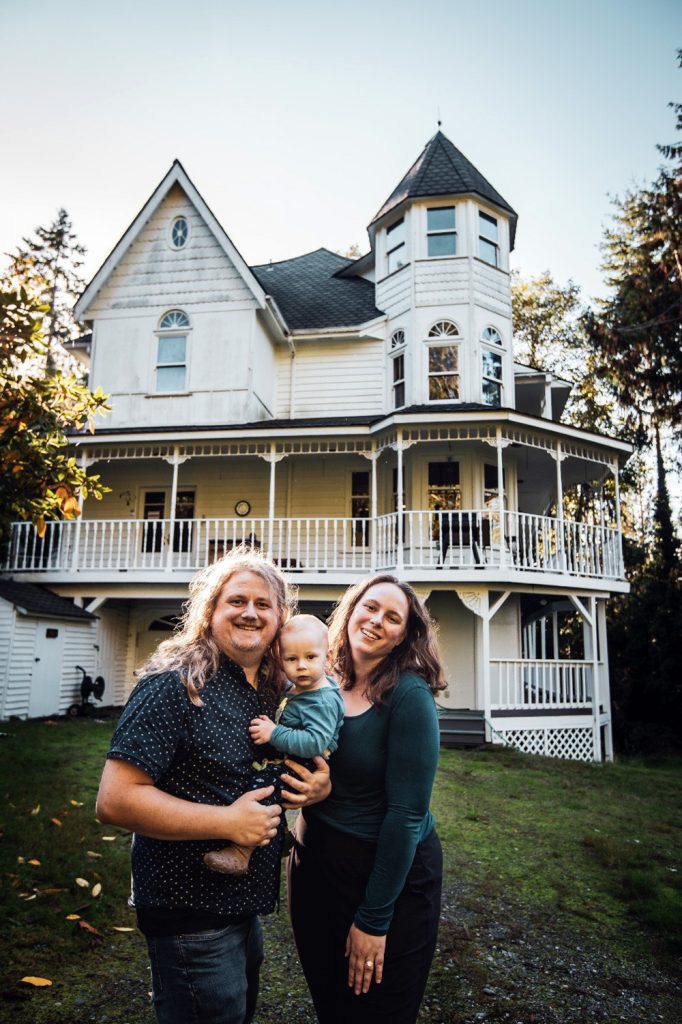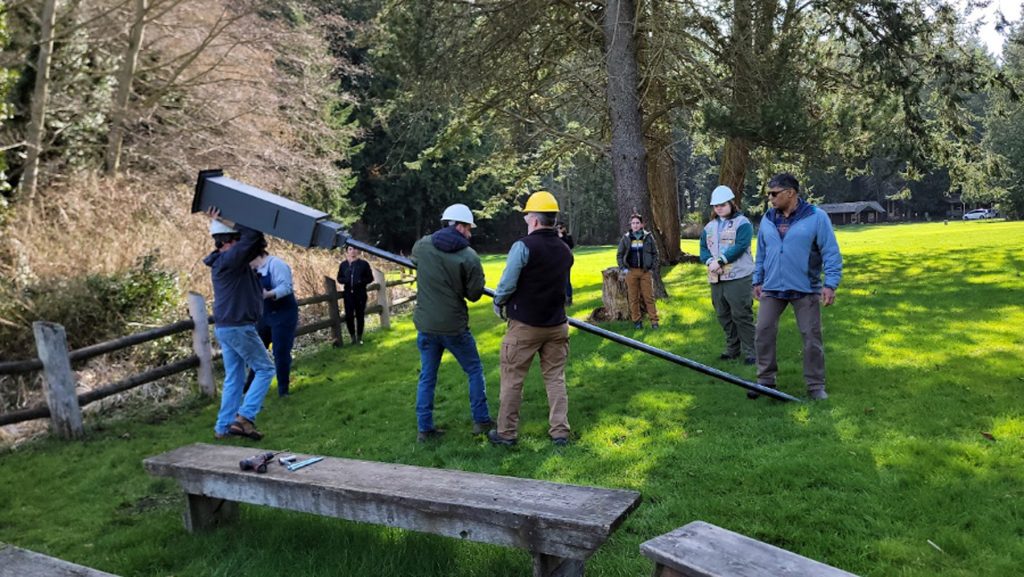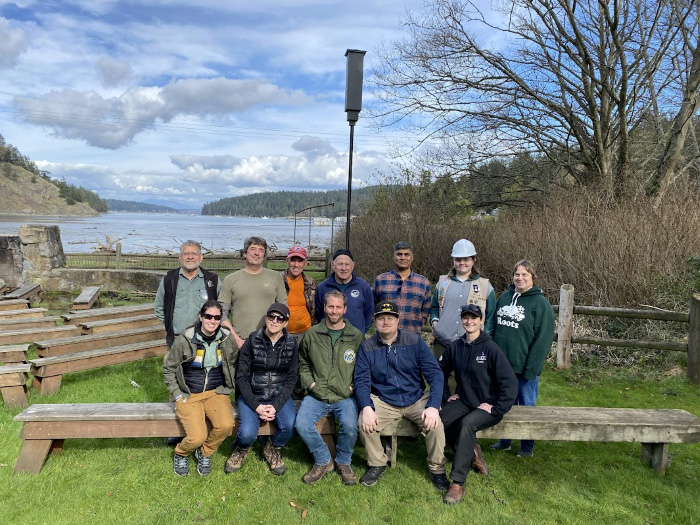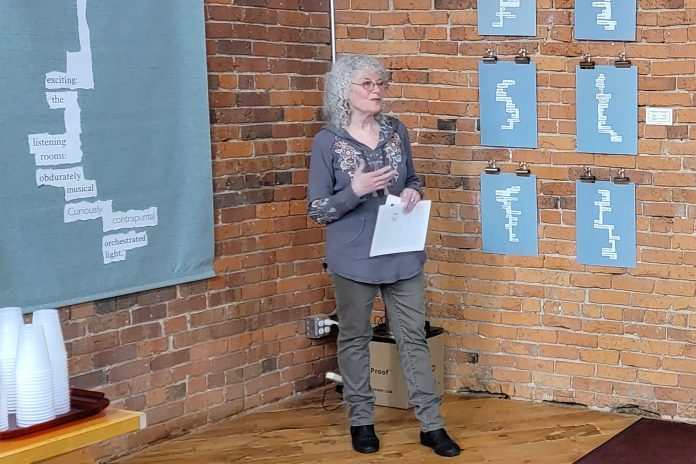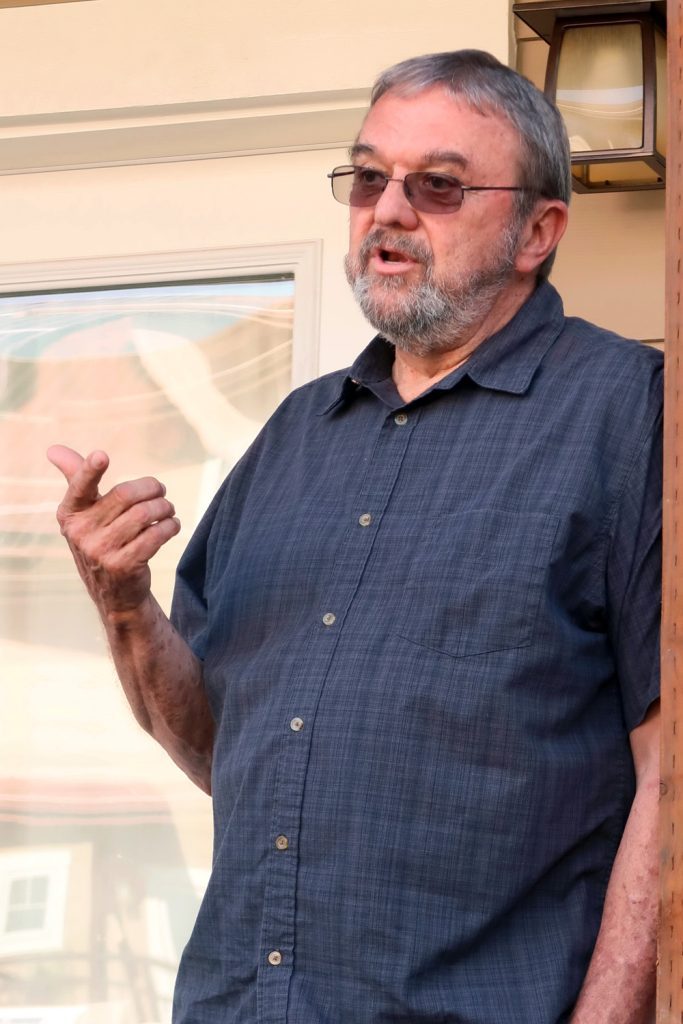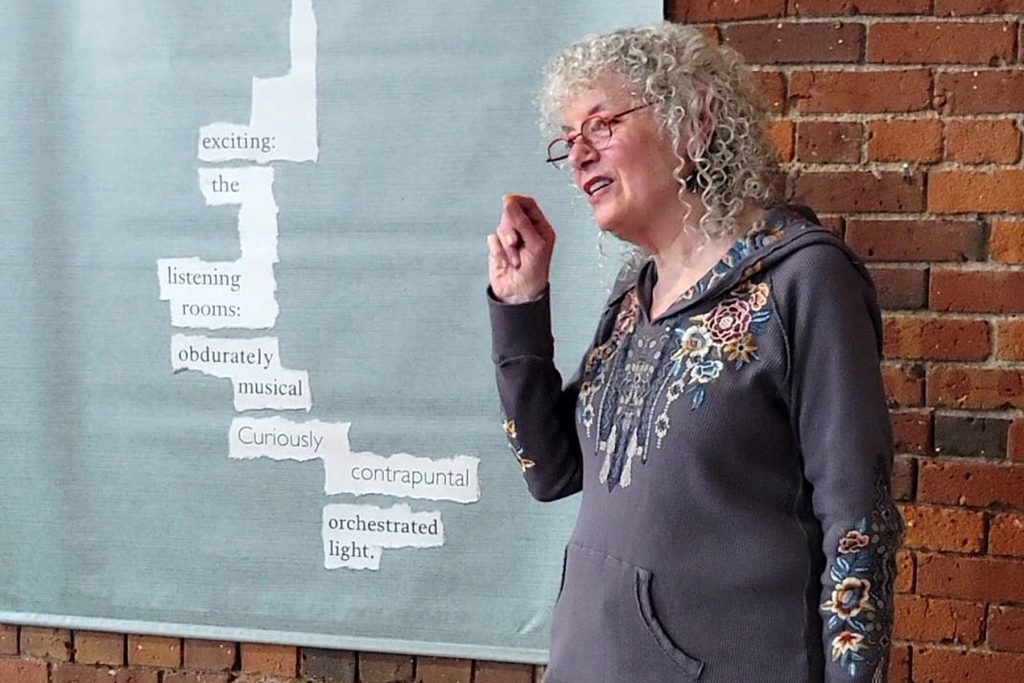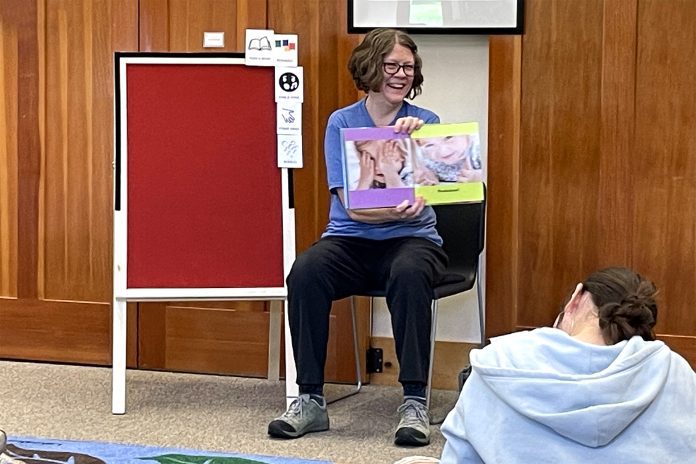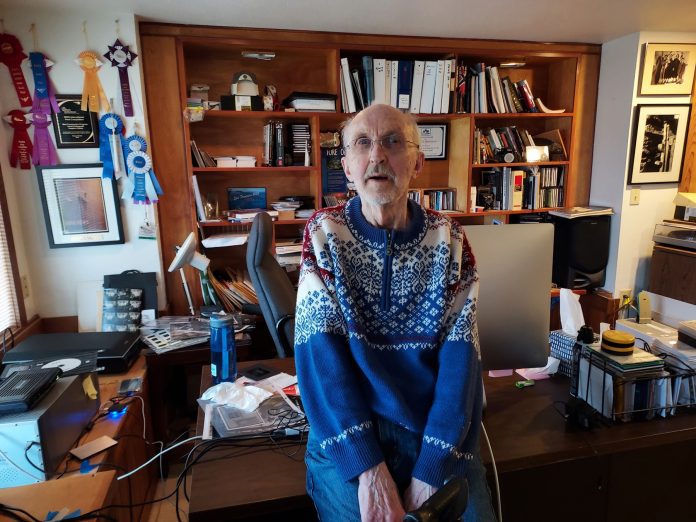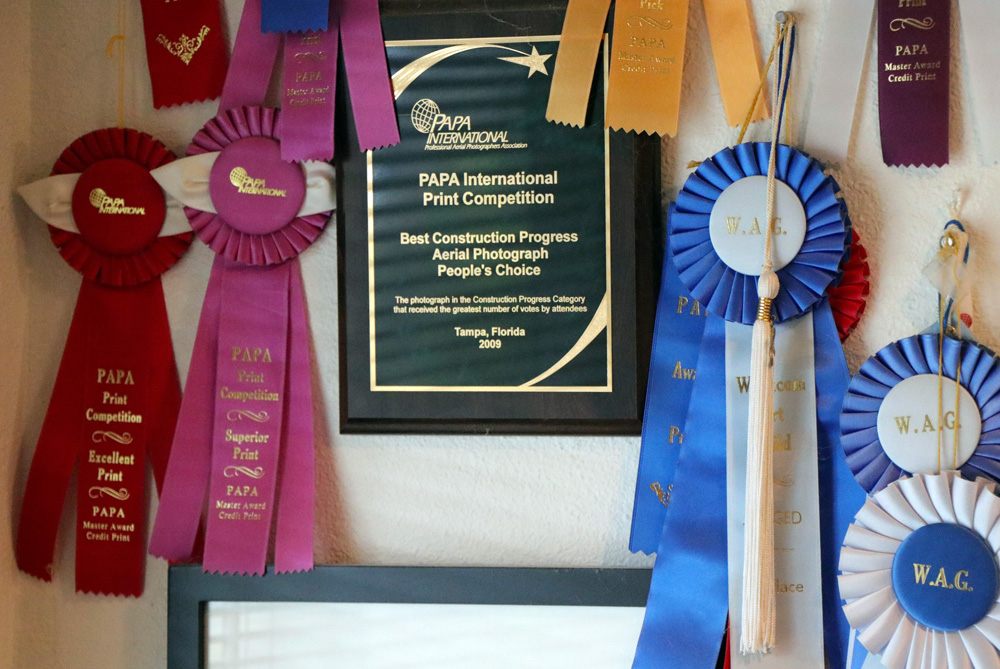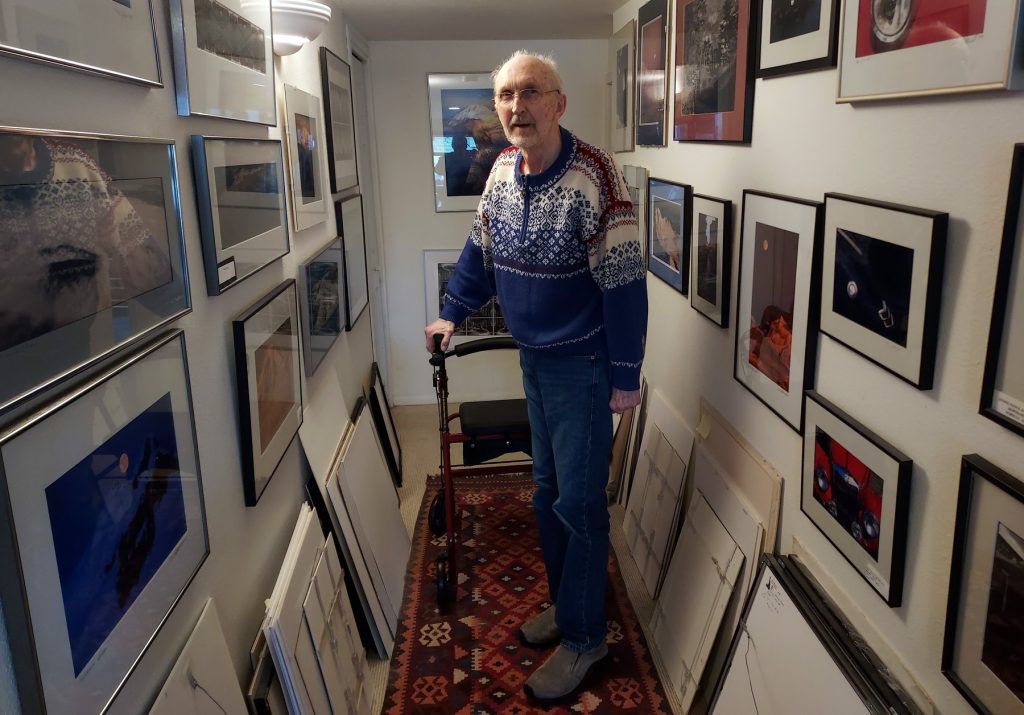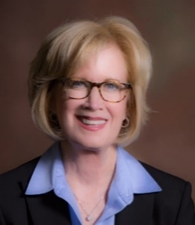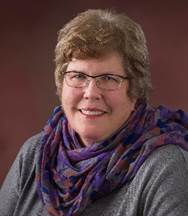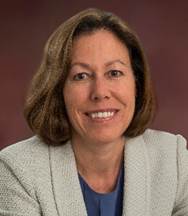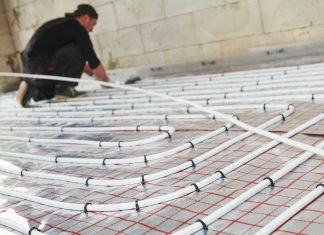Submitted by Barron Heating AC Electrical & Plumbing
Itchy, watery eyes? Runny nose, sneezy, and…out of sorts? While a sign of the changing of seasons, pollen has it out for many of us. And likewise, it can be a problem for our cooling equipment too.
Much like allergens irritate our noses, eyes, and lungs, particulates like dirt, pollen, and (up-and-coming!) cottonseed can hamper the operations of our air conditioning equipment. Sticky buildup, when allowed to accumulate on external condenser coils, can reduce the airflow through the unit, making it less efficient and increasing strain on the system. This can cause the compressor to overheat, potentially leading to a breakdown and damage.
And with hotter days just around the corner, that air conditioning equipment needs to be ready before you need it most. So spring for a cleaning! For a limited time, Barron is offering outdoor coil cleaning for $99 off—a service that will combat not just pollen, but the dirt, debris, and outdoor grime that builds up over time.

Coils play a crucial role in the air conditioning process, and to keep them operating properly, they require some TLC. Likewise, a checkup from our experienced techs at Barron is a simple but thorough way to ensure your air conditioner is ready for the heat ahead. For just $99, our team will perform a six-point inspection for your air conditioning unit, including:
- measuring how much energy is stored in the capacitors (microfarad production)
- verifying proper voltage drop across the contactors
- verifying the temperature differential to rule out any refrigerant loss or metering device failure
- visually inspecting the condenser coils for debris or build-up
- measuring amperage draw on the motors and the compressor
- testing the condensate line for proper drainage
Designed to catch many of the common issues that arise once air conditioning season hits, this $99 pre-season cooling check can prevent not just equipment failures, but inefficient cooling as well. And we have a comparable inspection for ductless units too! Whether it’s a rising monthly energy bill or a sudden repair, we all can appreciate a little prevention for savings down the line.
If spring maintenance is on your mind, this may be the perfect time to clean up your home both inside and out with Barron’s MAYtenance special! You’ll get a FREE comprehensive maintenance on one heating and/or cooling system of your choice when you purchase a REME-HALO® in-duct air purifier for your whole home. Utilizing UV light and advanced technologies, the REME-HALO® reduces bacteria, viruses, odors, and mold spores in the air and on surfaces, making it a key player in your indoor air quality (rgf.com).

Taking it a step (or many!) further, our Ultimate Indoor Air Quality Upgrade is an all-in-one package of the best indoor air quality solutions. From dust to allergens and animal waste, your air ducts hide a slew of contaminants that can lead to poor indoor air quality. A NADCA-certified air duct cleaning is key to demolishing that filth, as are clean filters, which come in a variety of styles and levels of particulate capture for your unique system. And with 95% of homes having leaky ducts of some kind (aeroseal.com), Aeroseal® duct sealing ensures that contaminants stay out for good. Contact our Air Solutions team for details!
Whether it’s $99 off a coil cleaning, a $99 pre-season cooling check, free MAYtenance (with REME-HALO® purchase), or improving your indoor air, spring is the perfect time to clean and tune-up your indoor and outdoor spaces. Mild weather often fools us into forgetting how quickly the seasons can change, bringing heat, allergens, and so much more. Pollen is here, summer heat is coming, and the health of your indoor air affects you year-round. So give the professionals at Barron Heating AC Electrical & Plumbing a call today! As your Pacific Northwest home and building performance experts since 1972, we stand by Our Mission: Improving Lives™.






